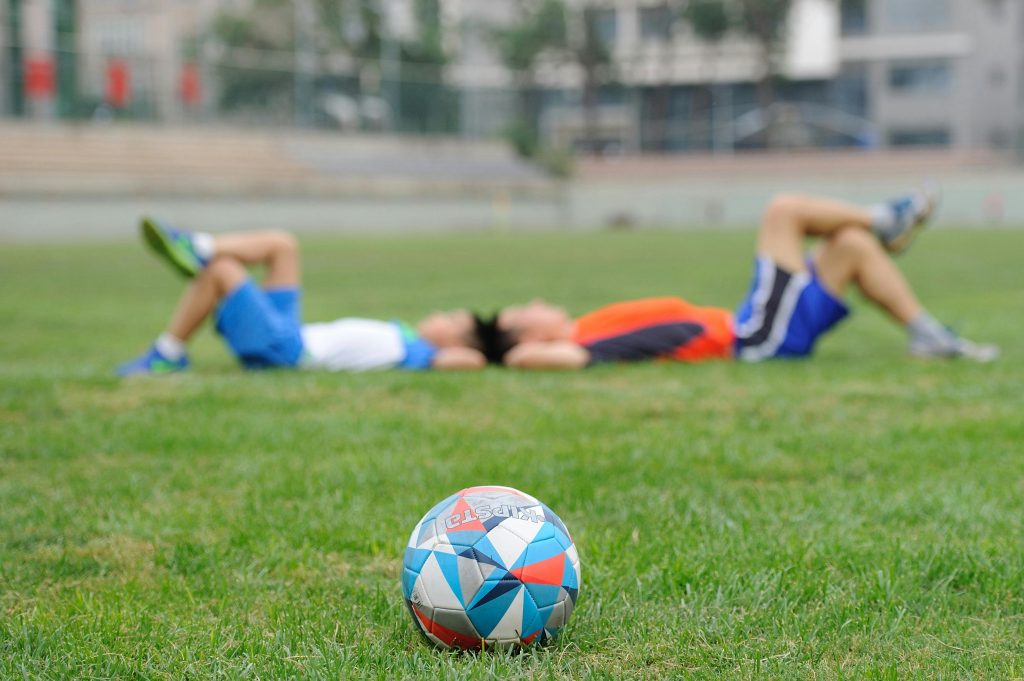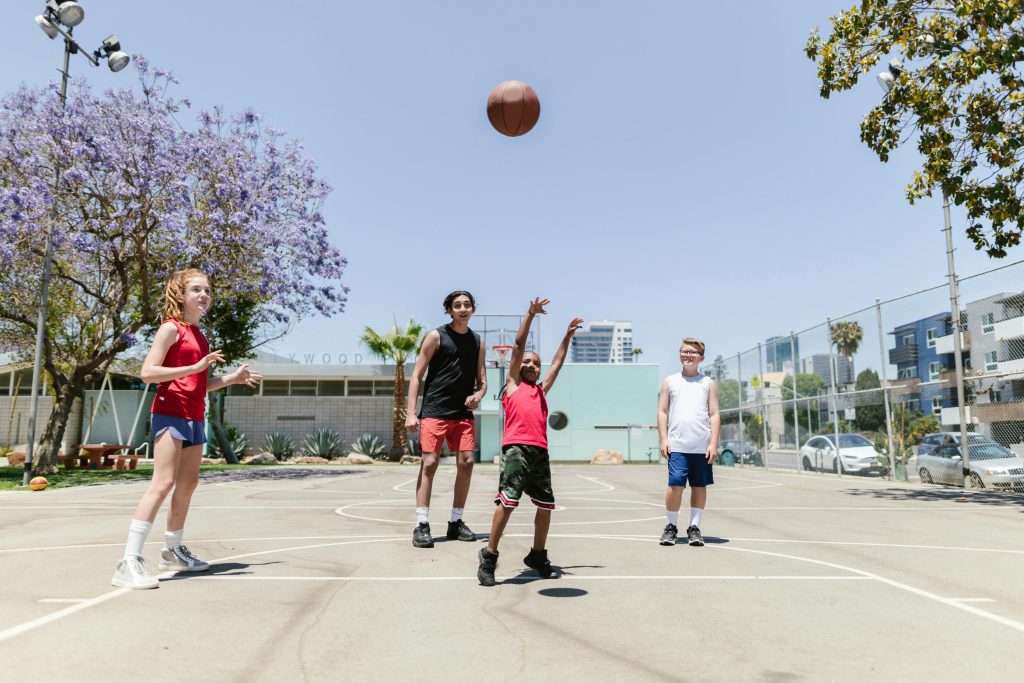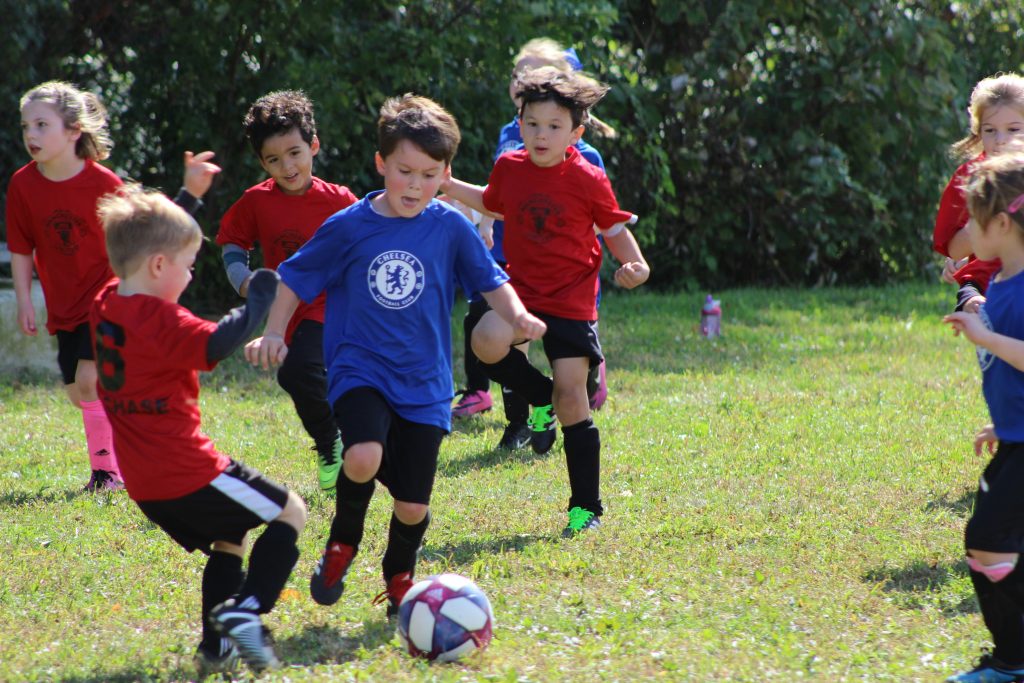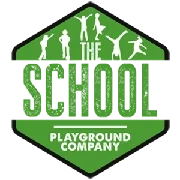BLOGS
How to organise a School Sports Tournament

Are you a teacher looking to get your students active in a fun and structured way? Organising a school sports tournament is a great way to encourage teamwork, activity, and enthusiasm for students of any age. The best outdoor exercise should have additional benefits for social skills, friendship building, and healthy relationships with competition.
Here is our step-by-step guide on how to approach starting a school sports tournament.
Step 1 - Decide on a Sport
With the 2025 Women’s European Championships coming up fast, football may be all that’s on your students’ minds. Wimbledon may spark students’ interests for tennis. Also, excitement for the World Athletics Championships may be building and you’re looking to explore less common sports. Getting your students involved in choosing the large sports tournament for your class or school is important to keep student engagement high.
A Multi Use Games Area, or MUGA, is a space for a very wide range of sports. Safe matting, fencing, sports markings, and different goals or nets create a space for any sport your students prefer.
Schools can customise MUGAs from The School Playground Company to create the perfect multi-sport equipment space to actively play and enjoy team sports. We are passionate about providing the right play and PE equipment for schools. Students should be able to explore multiple sports and fitness activities they would otherwise not have the opportunity to try.
Step 2 - Make the Rules Clear to Everyone

Explaining complex sports rules to a class of primary school children may be a daunting idea. Therefore, you may require a simplified set of rules more appropriate for different age groups. For example, adapting player positions to a smaller space.
Presenting the rules of the game in a central outdoor classroom or shelter on the playground allows everyone to listen at the same time. Additionally, in outdoor spaces, you can conduct simple demonstrations and practice matches without shepherding all the children outdoors.
Step 3 - Create Teams
Allowing students to choose their own teams can be a bad idea, friends may stick together and exclude less athletic students. The purpose of team games is to involve everyone, encourage participation and inspire teamwork. Therefore, randomised teams selected by assigning each student a number is our recommended solution. This creates teams of mixed-ability, allowing and encouraging students who may not interact often to work together.
Outdoor storage bins allow you to safely and securely store team colour vests. We recommend a number of different team colours to avoid confusion. For an official sports day competition, dividing students into house groups with their corresponding colours can help build a team spirit and encourage healthy competition.
Step 4 – Draw Up Brackets or League Table

Depending on the size of the class involved, you may need different forms of tournament. Larger classes with multiple teams are more suitable for division into a tournament structure, each team playing 1 or 2 games, allowing more teams to play. Whereas for small groups, we recommend a tournament that awards points for a win, draw or loss. This enables teams to play more games each and still keep track of successes.
We recommend setting out the sports tournament brackets and recording the results of each match clearly on one of our giant whiteboard play panels. This helps students track their progress and understand the tournament system.
Step 5 – Warm Up
A warm-up is key to ensure a safe and healthy PE lesson, sports day, or general activity. Outdoor gym equipment sets with stretching stations and pedal machines or outdoor cross trainers designed for children enable a full warm-up routine before activity.
For sports like tennis, football or running, which primarily use one area of the body, a full-body warm-up is still important. Therefore, before each match, leading students in a stretching and quick cardio fitness session is important regardless of the sport. We design our kids’ gym equipment for multiple users to exercise together, allowing for teams to discuss tactics and strategies before their matches while warming up.
Step 6 – Time for Prizes
Medals or special prizes for the winning teams are great to give students a real feeling of achievement. However, small prizes like sweets or stickers handed to each participating student avoid conflict and can improve children’s perspective on sports and friendly competition. If you divide students into their school houses, you can award house points to the winning teams, going towards their end-of-year totals. These prizes incentivise good behaviour and can motivate students to work well as a team to accomplish their goals.
One strategy is to award select students for outstanding teamwork, and leadership, or for scoring above a certain amount of points for their team. Schools can also receive additional awards such as:
- Star Player of each match.
- Unique goal celebrations.
- Medals for students who participate as assistant referees, scorers, or ball-fetchers.
- Other prizes for any other notably positive behaviour.
Enjoy your Summer School Sports!
Feel free to tag us in any images of your sports tournaments this summer using our social links below. We’d love to hear how your students are enjoying our MUGAs, outdoor gym equipment, shelters, or any other playground equipment.
To get your school playground in shape for sports day, get in touch with the handy enquiry form on our contact page.
